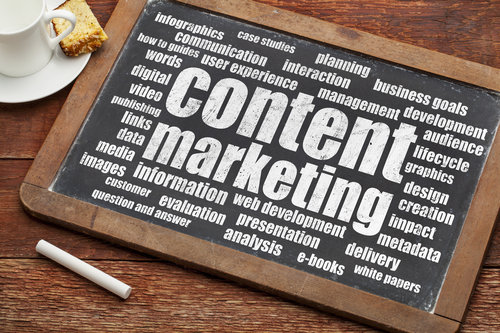Simple Definitions for Converting, Conversion and Converstion Rate Optimization
Happy New Year! Holidays are over and its time to get back to school… Digital Marketing Definitions School, that is.
 We digital marketers spend a lot of time talking about how to convert people. No, we are not recruiting you to shave your head and come join us doing the hare krishna… but I can see where the confusion might come from, so I thought a little simple explanation might be in order.
We digital marketers spend a lot of time talking about how to convert people. No, we are not recruiting you to shave your head and come join us doing the hare krishna… but I can see where the confusion might come from, so I thought a little simple explanation might be in order.
My colleagues over at Leadpages are great at simple definitions, and here’s how they define “conversion“:
Conversion: The point at which someone transitions from being a prospect or lead into being a customer.
In other words, you made a purchase or signed up for something. That’s it. Really.
So what is your “conversion rate“?
Conversion Rate: Your success for a given piece of a campaign. Depending on your goals, this could mean the percentage of site visitors who opt into an email list, sign up for a webinar, make a purchase or take some other desired action.
If you have a landing page on your website for a webinar you are hosting, and 1 out of every 10 visitors to that page signs up for your webinar, that page has a conversion rate of 10%.
What’s a good conversion rate? That totally depends on the nature of the digital marketing activity you are talking about. Marketing Sherpa did a benchmark study in 2014 that pegs conversion rates for retail ecommerce businesses between 16.3 and 17.2%, with electronics sales an outlier at 24.1%. Across industries, the average landing page conversion rate was 2.35%, yet the top 25% are converting at 5.31% or higher. Also, the conversion rate for a $10 consumer item will surely vary from a $100,000 dollar enterpise software implementation. So the quick and honest answer is: it depends on what you are doing and what industry you are in. But it is definitely something you want to try and optimize… which leads us to “conversion rate optimization“.
Conversion Rate Optimization: The process of improving your conversion rate by changing different pieces of your campaign. This could mean improving your keywords in a Google Adwords keywords, redesigning your landing pages, reworking your copy, or even changing something as small as the time of day you send emails. You can assess whether your optimization is working by doing something called A/B- or split-testing, (trying two things with all else being equal, and seeing how they stack up against each other) and examining your analytics (Google search data).
 So that’s it! Now you know what converting, conversion rates and conversion rate optimization are. Want to learn more digital marketing speak? Check out my previous Digital Marketing Definition lessons:
So that’s it! Now you know what converting, conversion rates and conversion rate optimization are. Want to learn more digital marketing speak? Check out my previous Digital Marketing Definition lessons:
